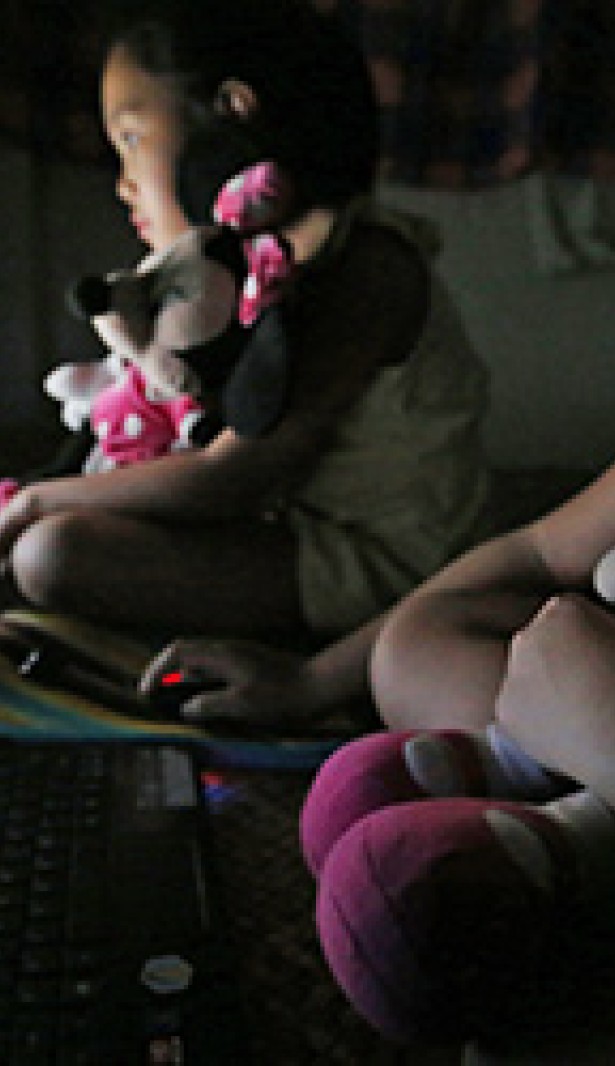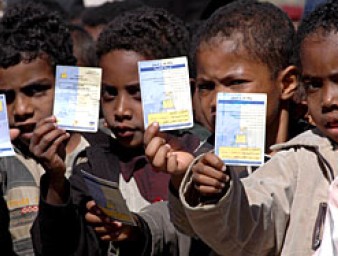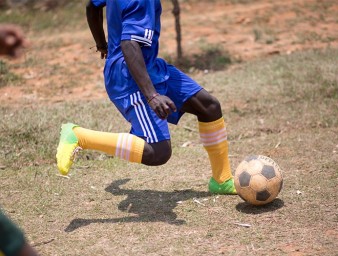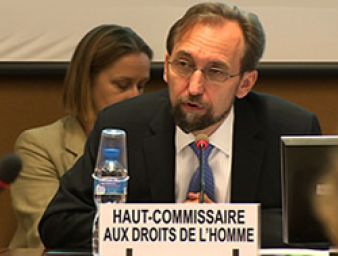New digital technologies produce unprecedented levels of child abuse material online
18 March 2016
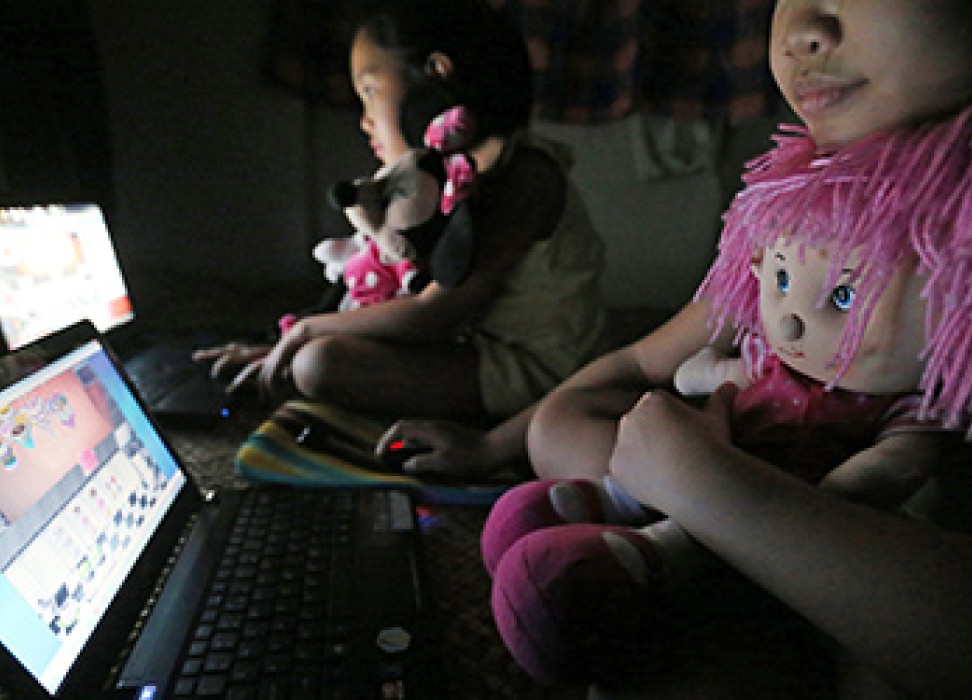
Last year in Sweden, a man was convicted of the rape of children when he hired men in the Philippines to identify children as young as five and sexually assault them while he watched and directed their moves through a live web streaming service from his home.
This case is not unique. Similar incidences are happening right now around the world.
Information and communication technologies (ICTs) have become an intrinsic part of children’s lives giving them access to unlimited connections and information.
However, ICTs also expose children to new forms of abuses resulting in an alarming growth of new forms of child sexual exploitation online.
The precise number of children who are victims of online child sexual exploitation is unknown. According to the International Association of Internet Hotlines, the number of webpages containing child sexual abuse materials increased by 147 percent from 2012 to 2014, with girls and children 10 years old or younger portrayed in 80 percent of these materials.
During a recent Human Rights Council event focusing on ICTs and child sexual exploitation, Deputy High Commissioner for Human Rights Kate Gilmore said that online sexual exploitation is likely to rise in the coming years with the demand for new child sexual abuse material. This new material includes the circulation of self-generated content, such as sexting, and child sexual abuse live streaming where adults pay a fee in order to direct and view a live video of children performing sexual acts in front of a webcam.
“The challenge of creating a safe online environment for children lies in finding a balance between maximizing the potential of ICTs while minimizing risks and ensuring children’s safety and protection – without thereby hampering other rights including freedom of expression,” she said.
Another challenge of fighting this abuse is due to the fact that many States do not have an adequate legislative framework to perform thorough investigations into and prosecution of online sexual exploitation and abuse of children, Gilmore added.
Also, the population of offenders is much larger than we ever imagined, according to Ernie Allen, Chairperson of the International Advisory Board of the United Kingdom Initiative WePROTECT.
“Prior to the internet, someone with sexual interest in children felt isolated, alone,” he said. “Today, he is part of a global community. He interacts online with people of like interests worldwide. They share images, fantasies, techniques, even real children. And they do it all with virtual anonymity.”
For instance, Australian authorities were able to arrest a group of men who had been sexually abusing and photographing a child from birth. According to Allen, the organizers circulated the images online through an encrypted network globally, and then travelled with the child so that members could abuse the young boy themselves.
The child was 7 years old when the offenders were arrested.
While new technologies have provided new paths for offenders to contact their victims directly or access materials, Maud de Boer-Buquicchio, UN Special Rapporteur on the sale of children, child prostitution and child pornography, said that all stakeholders, especially law enforcement, should work hand in hand with the private sector and to utilize existing international guidelines like the Guiding Principles on Business and Human Rights.
She also referred to the importance of “comprehensive care, recovery and reintegration programmes, a unique impact on child victims is their revictimization each time the episode of abuse is viewed by others.” This revictimization develops feelings of shame, humiliation and powerlessness.
“In many cases, children are more technology savvy than their parents and if we give them the right education and tools we can equip them with adapted protection mechanisms to face online predators,” she said.
The event also included John Carr, Founding Director of Internet Watch Foundation; Benyam Dawit Mezmur, Chairperson of the Committee on the Rights of the Child; and Preetam Maloor, Acting Head of the Corporate Strategy Division, International Telecommunication Union (ITU).
18 March 2016
